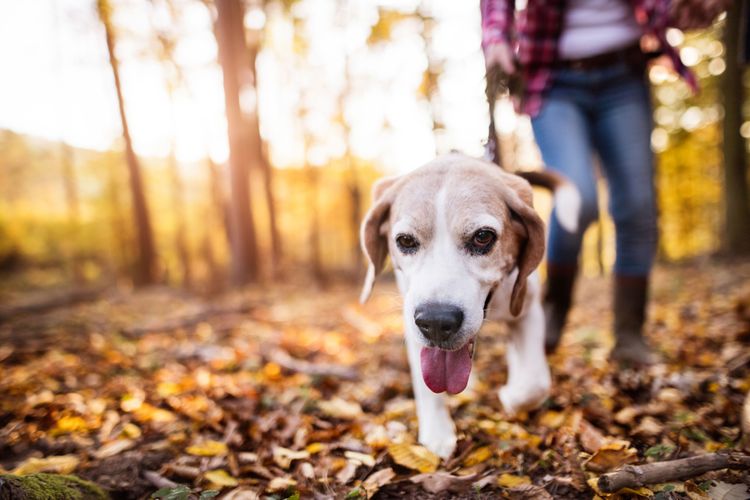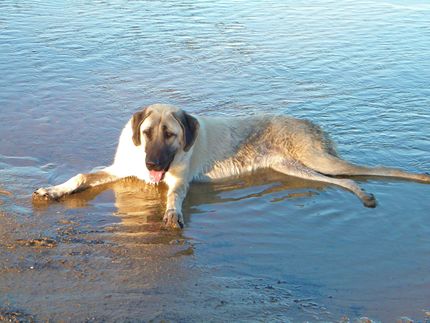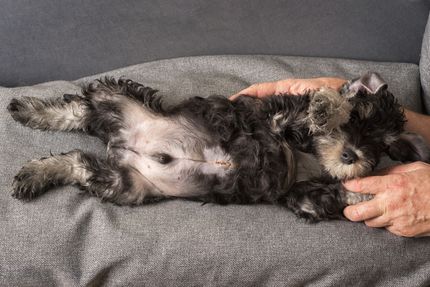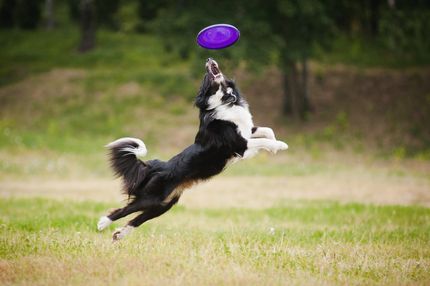BGH Examination
Dog owners from Lower Saxony know immediately what is meant by the companion dog test, since it has been mandatory there since July 2013. For the rest of Germany, the test, also called "dog license", is often still a foreign word. This article should bring light into the darkness, explain the procedure and help you and your dog to prepare for it.

Why should I have my dog trained as a companion dog?
The BH test is not only a prerequisite for any competition activity that you can experience with your dog, such as agility or competition sports. More importantly, it strengthens the bond between you and your four-legged friend and prepares you for potentially dicey situations. In order to pass, your dog must know and safely follow various commands of basic obedience, as well as react calmly in case of stress caused by loud noises or sudden being touched. Even if you are not aiming for a show career with your dog, it is advisable to pass the companion dog test. The best way to prepare yourself and your dog is to regularly visit a dog school with courses for basic obedience or special training sessions for the companion dog test.
Under this link you will find VDH clubs that are authorized to test dogs.
How does the BH exam work?
The BH exam is divided into a theoretical and a practical part with different exercises, both on a separate training area, as well as on public places. The individual areas are evaluated with points. If at least 70% of the score is achieved, the exam is considered passed.
The theory part consists mainly of multiple-choice questions, which vary depending on the test association. If you pass this part of the test, it is also valid for each further BH test already as passed, while the practical test must be completed of course with each dog individually.
Permissible aids are:
- Clicker
- Dog whistle
- Leash and drag line
- Collar and harness
- Head halter system
- Muzzle
The practical test begins with the identification of your dog by means of a tattoo or chip and a temperament test, during which the examiner touches the dog and observes his reactions to it and to other dogs. Your dog should remain relaxed during this test and not back away fearfully or move forward aggressively.
Then follows the evaluation of the basic obedience. Leash leadership, also by in the proximity of groups of people (with or without dog) complicated, is tested among other things thereby. Your four-legged friend should also be calm and fixed on you in this part of the test. In addition it is tested whether your dog obeys commands also over distances, by letting it sit or lie down and moving some steps away. Your dog should stay in his position until you come back to him and give him the command to follow, or call him to you from a distance.
Finally, leave the safe training area and go out into the street to test your dog's behavior under real-life conditions. For this we like to use very crowded places. Again, your dog should focus on you and ignore the surroundings, as exciting as they may be.
Keep in mind that there may be state-specific differences in how the test is conducted. Roughly you can divide it however into the four ranges
- Theory exam
- Test in a quiet place without distractions
- training place with distraction
- public, well-attended place
divided.
What does the training to become a companion dog cost?
Depending on whether you are tested with or without a leash, the price varies. On this page you will find a price list at the bottom.
Important: The examination never suspends an existing leash obligation.








